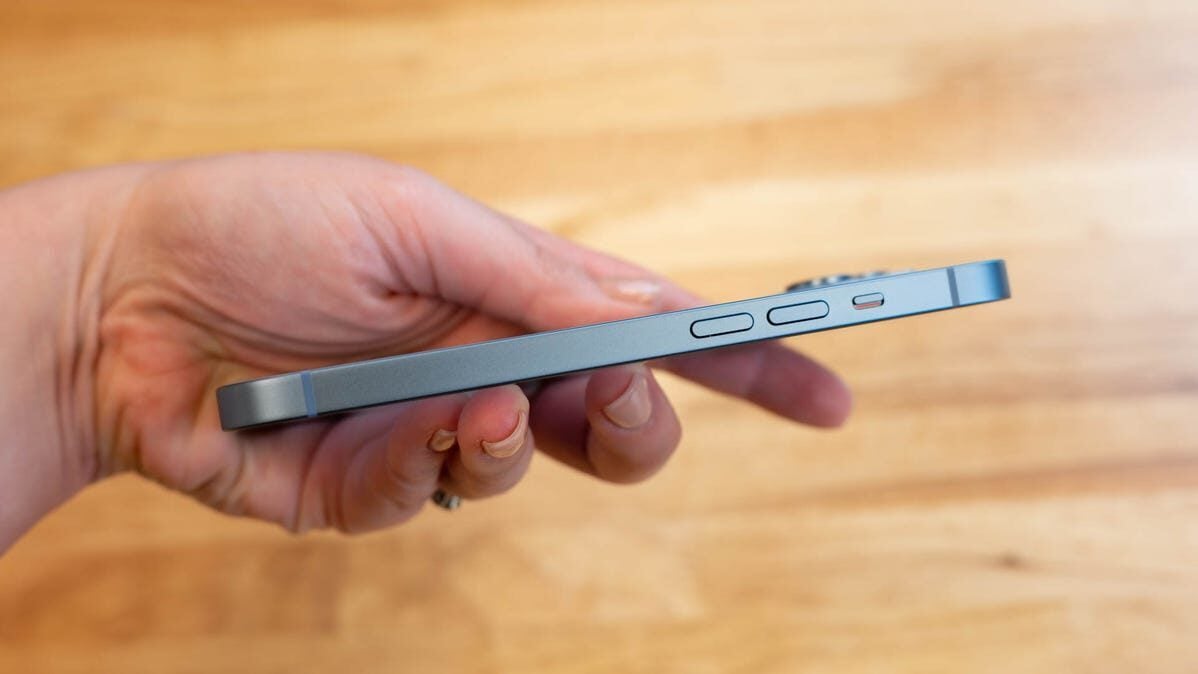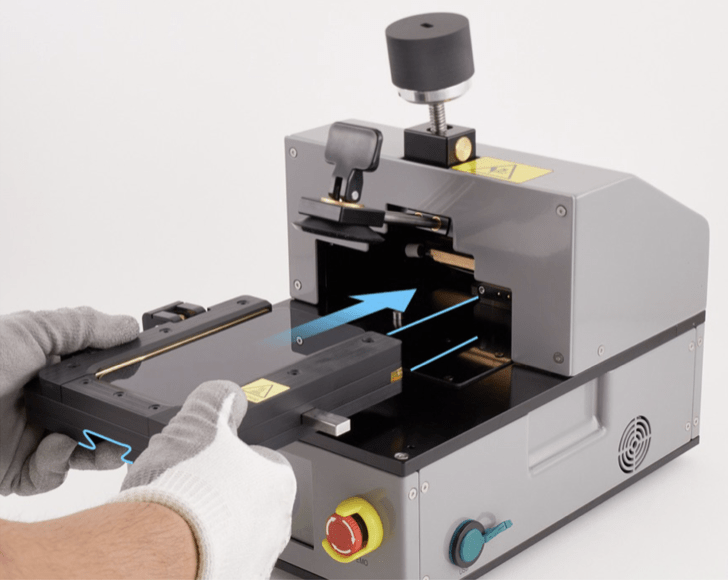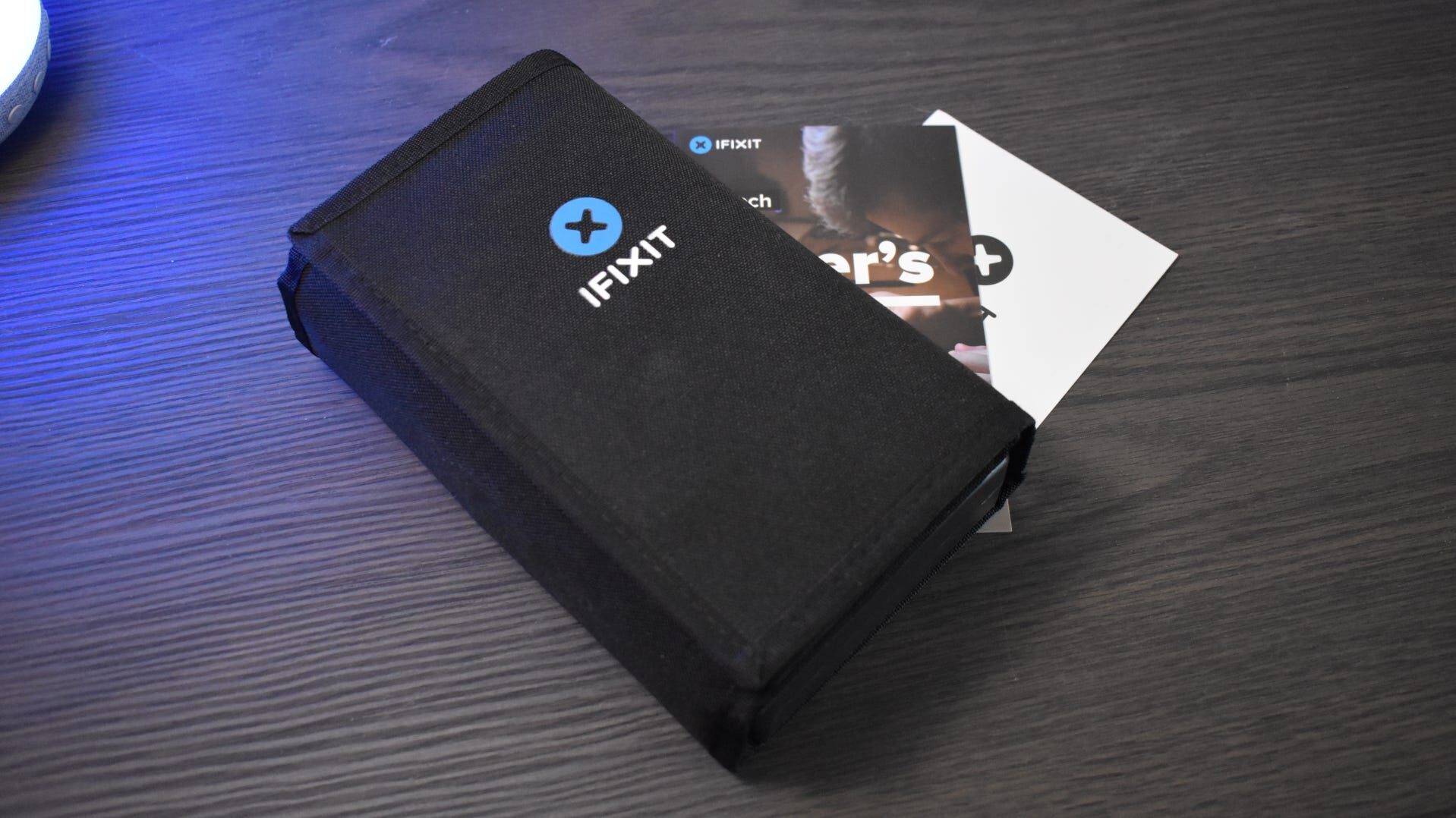
There are two main routes to repairing your own iPhone. The first is to use Apple’s Self Repair Program by renting tools and buying replacement parts, then fitting them yourself.
Alternatively, head to iFixit and look for guides and kits you can use to perform the work without having to rent tools from Apple.
Is your iPhone not working like it used to? Is the screen or another part of the hardware physically broken? You do have some DIY options if you want to fix your iPhone yourself. We’ll tell you what you need to know and walk you through the process.
First: Determine the Extent of The Repairs
Before you start, it’s important to understand how much damage you’ve incurred and what likely needs to be replaced. This can help you decide which route you want to go with the repair or whether or not to bother with the repair process at all. Sometimes it makes more sense to replace an iPhone outright, even if you turn to the second-hand market.
If your battery has lost much of its capacity, you might want to try replacing it. If your display has cracked, you can buy and fit a new display assembly. If you’ve managed to damage your rear-facing camera, you can replace the camera unit. These are examples of “worthwhile” repairs that, though they require some skill and patience, could allow you to get a few more years out of your iPhone.
More severe damage might not be worth the time and effort of a repair. If you’ve dropped your iPhone in salt water and it’s started acting up, the internal components may have already started corroding. If your iPhone was crushed to the point where the chassis is bent, the internal components might need to be completely replaced. The same is true for big drops that have bent the chassis inwards.
If your smartphone is a complete mess, but you want to avoid spending top dollar for a brand new iPhone, try buying used instead. Just run through a few checks before you buy a used iPhone including checking whether it’s been repaired already.
Use Apple’s Self Repair Program to Fix Your Own iPhone
Apple launched its Self Service Repair program in 2022. This allows the owners of some iPhone models to rent tools and purchase parts in order to repair their own iPhones.
At the time of writing, Apple only holds parts for the iPhone 12 family (including the Pro, Pro Max, and mini), iPhone 13 family, and the third-generation iPhone SE. If your iPhone is older than this, you’ll need to use third-party resources, tools, and parts to try fixing your own iPhone.
First, download the repair manual for your iPhone model from Apple’s Manuals website. Within the manual, you will find a basic introduction to the procedure which explains that you can void your own warranty and that you may need to run a System Configuration when you’re done to verify the repair, update firmware, calibrate parts, and so on.
You’ll also see an internal view of the components you may need to find and replace, a list of parts you can order, the screws you’ll need, the various tools on offer, and a list of procedures you may need to complete. Carefully study the manual to get a good understanding of what is required of you, including the best safety practices.
Once you’re confident that you’re able to perform the work, it’s time to place an order for the tools and parts you’ll need from Apple’s Self Service Repair Store. Apple only carries parts required to repair the battery, bottom speaker, camera, display, SIM tray, and the Taptic engine (haptics). You’ll also need to rent a tool kit for $49, which gives you seven days to complete your repair.

When you order parts, you’ll need to supply the serial number of the iPhone you are repairing. You’ll find this under Settings > General > About, on the original box, and listed under the device list accessible via your Apple ID on another Apple device. The parts you order are locked to this serial number, so make sure you get it right.
From here, it’s a case of following the instructions in Apple’s manual to complete the repair. Once you’re done, you can return the old parts to Apple for recycling. Apple offers credit for many of the parts for sale in its repair store, which will be credited to the payment method used to rent tools and purchase parts.
Self repair using this method isn’t cheap. To replace a cracked iPhone 13 display, you’re looking at $49 for tool rental and $269.95 for the display bundle. Returning your old display nets you a $33.60 credit, which means your total out-of-pocket cost would be $285.35 without considering the time you spend on the repair.
Use Third-Party Tools and Parts to Fix Your Own iPhone
You don’t have to go the Apple route to fix your iPhone. iFixit is a maintenance resource, tool supplier, and parts shop all in one. The company specializes in tools designed to help you repair your gadgets, and they stock many of the parts you’ll need to perform common repairs like fixing a cracked screen or replacing the battery.
If you have an iPhone that’s older than the iPhone 12, you’ll need to turn to a resource like iFixit since Apple doesn’t stock parts or provide the necessary guides for your particular hardware. There are a few more caveats to be aware of if you choose to go this route since these repairs are unofficial.
Replacing or damaging some parts may cause certain iPhone features to stop functioning. For example, if you’re performing a display repair, you will need to transfer the upper sensor cable assembly from your old display to the replacement in order for Face ID to continue working. Apple’s True Tone white balancing feature won’t work after a replacement, even using an official Apple display.
Like Apple self-repair, you should study any repair guides before deciding to proceed. Look up your exact model (for example, iPhone 11 Pro Max) and then find the guide. iFixit will give you an indication of how long the repair should take and the sort of skill level expected.
iFixit offers a wider range of repair procedures, including logic boards and charging connector assemblies, and many of the guides also include videos that will walk you through the whole repair. You’ll see a list of required parts, most of which you can click or tap and order them directly. There’s no in-house recycle scheme for old parts and unwanted batteries, though iFixit has links to battery and multi-purpose recycling locations.

Cost-wise, iFixit often works out slightly cheaper than Apple. For an iPhone 13 display replacement you can buy a kit that has everything you need in it for $239.99. You can then follow the iFixit iPhone 13 Screen Replacement guide which has detailed steps for those specific tools.
Note: If you choose to repair with third-party parts from iFixit or another resource, you may not be using genuine Apple parts. Your iPhone will state that these parts are not genuine, which may affect resale value. You may also find that non-genuine parts are of mixed build quality.
Get Apple to Fix Your iPhone (AppleCare+)
If your iPhone is under warranty or you’re paying for AppleCare+, you should take your iPhone to Apple or an authorized repair center and let them worry about any repairs. You’ll need to sign off on any repairs before Apple decides to act, so you can always get a quote and decide what you want to do.
To use the iPhone 13 cracked screen example, an out-of-warranty repair will cost $279. If you have AppleCare+, you’ll be able to pay a flat rate of $29 for the repair (AppleCare+ includes unlimited repairs). Not only is this cheaper than Apple’s Self Service Repair Program, but it’s also only marginally more expensive than going the iFixit route and guarantees everything will work correctly.
Take Your iPhone to a Repair Shop
Your last option is to take your phone to a standard repair shop that lacks Apple authorization. This comes with many of the same pitfalls as taking the iFixit route (some features may not work correctly afterward), but you won’t have to perform the work yourself, and the cost will likely be cheaper than any of the other options.
Repair shops already have the tools necessary to perform repairs. They also may choose to use (or give you the option of using) non-genuine Apple parts. This isn’t always a bad thing, especially if the iPhone is old and you simply want to replace a failing battery to get a bit more life out of it.
Repair Your Own Mac, Samsung Phone, and More
Apple’s Self Service Replacement Program also includes the tools and replacement parts for many Mac models too. If you have an Android phone you might be interested to know that Samsung’s self-repair program is better than Apple’s. And Google Pixel owners can buy their genuine replacement parts directly from iFixit.
If you have a serious interest in repairing other gadgets, you might want to take a look at ReviewGeek’s analysis of iFixit’s Pro Tech Tookit.
